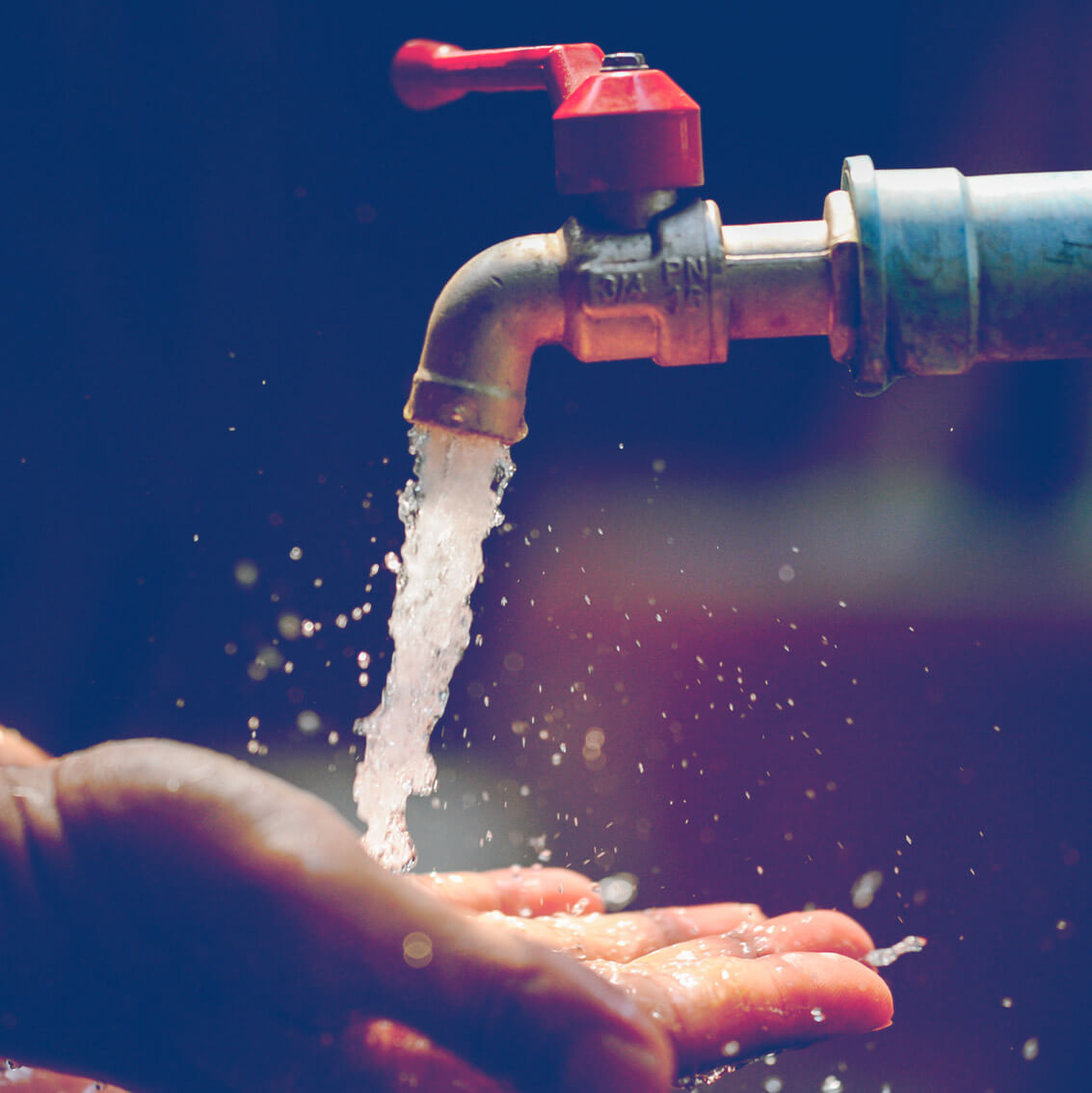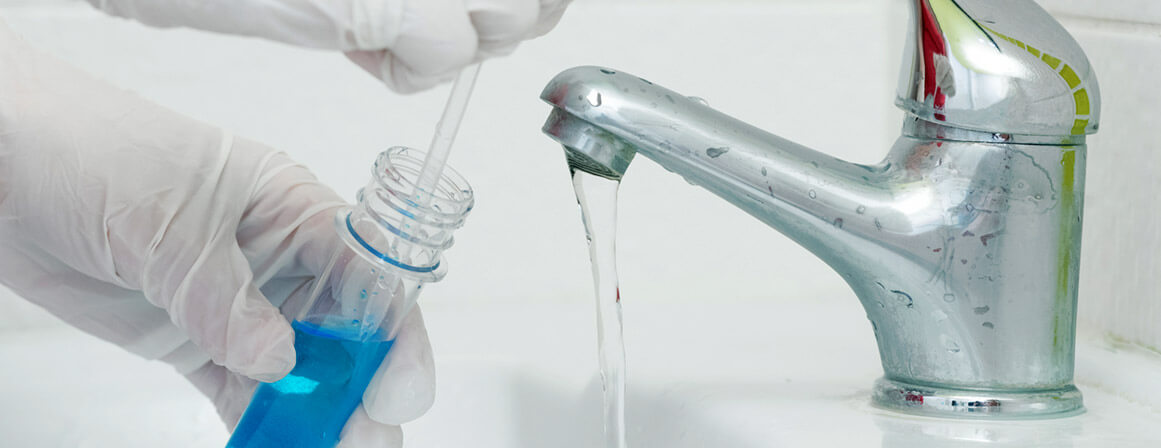IntoDBP at a glance

What’s intoDBP about?
intoDBP is an EU-funded project that will develop, test, scale-up, validate, and benchmark innovative tools and strategies to protect catchments and minimize human exposure to disinfection by-products (DBP) under current and future climates, without compromising disinfection efficacy, and which could be applied at the global scale. The project will develop its cross-cutting solutions on 4 complementary case studies (CS) combining rural and dense urban areas, from 3 European countries where disinfection by-products are a scientific, technological, and political challenge.

Objectives
Develop a comprehensive approach from source to tap for an optimum drinking water surveillance strategy.
Foster AI sensor deployment methodologies and algorithms in water distribution networks.
Formulate of a new transformative approach based on the fluorescence-absorbance-controlled MITO3X technology platform.
Create a new open and ready-to-use workflow using a combination of dynamic and statistical models, as a tool to forecast the effects of extreme climate events.
Increase the understanding of human exposure, taking into consideration gender dimension, to generate and implement models and recommendations to impact policy and decision-making in Europe.
Provide guidance to decision makers to formulate optimized and future-proofed climate change adaptation pathways to successfully tackle emerging water quality threats.
Compile and present new business opportunities in the context of DOM and DBP monitoring, modelling and control that industry can identify and adopt.

The project’s outcomes
Generate an open and ready-to-use workflow for using dynamic models capable of anticipating the effects of climate change and climate extremes.
Help to understand the effect of climate change on disinfection by-product in Europe.
Develop real-time sensors with potential for commercialization to be used by water utilities to effectively monitor drinking water quality from source to supply.
Adopt a monitoring strategy based on the combination of UV-VIS, fluorescence tools and bioreporters demonstrated during the project.
Contribute to minimize disinfection by-product formation and human exposure by protecting source water, optimizing treatment, and improving monitoring.
Increase the scientific and technological knowledge on measures to improve drinking water quality.



